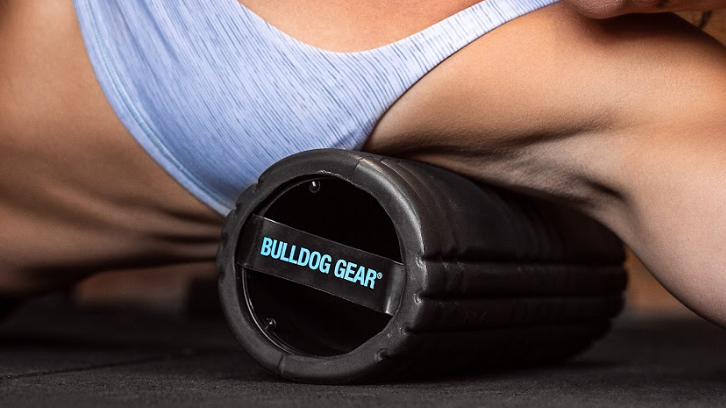Whether you’re following online programming or putting together your own workouts, inspired by your favourite athlete, sometimes choosing your weights or resistance can be a bit of guessing game.
Picking the right weight can be the difference between nailing the intended stimulus, and heading in completely the wrong direction. Go too heavy and you risk turning what was intended to be a gassy, quick fire metcon into a long, slow grind; go too light and what should have been a high volume, low rep strength outting, turns into a impromptu deload workout.
This is where ‘RPE’ comes in.
WHAT IS RPE?
RPE, or ‘rate of perceived exertion’, is scale designed to measure level the of intensity of any given exercise, in real time.
Using a subjective rating system, from 1-10, a coach is able to assign a target RPE, which doesn’t just enable you to pick a weight, resistance or pace that’s relative to your own fitness, but one that’s relative your fitness on that day, helping you to self regulate your own levels of exertion.
HOW DO I MEASURE RPE?
For beginners, assigning a fatigue level on a scale of 1-10 can be difficult and most tend to drastically underestimate their capabilities, but as you progress it will become increasingly less difficult to know where you’re sitting on the scale from rep to rep.
On paper, a 1 represents a very light activity, there’s practically zero exertion, but you’re still doing something. Picture a very gentle stroll to the shops, or slowly spinning on a stationary bike. At the other end of the scale a 10 represents a complete maximum effort, you heart rate will be elevated, breathing heavy and you should be unable to talk. Depending on the nature of the task (ie. heavy lifting or sprinting), this is not a level of exertion that is sustainable for more than an extremely brief period.
WHAT DOES RPE LOOK LIKE?
Use this chart to help you ensure you’re in the right zone.

WHAT ARE THE DOWNSIDES OF RPE?
As mentioned above, it can be very difficult for inexperienced trainees, and even intermediate ones to properly assess their rating. In fact, even experienced athletes report ‘unlocking’ a new level in the heat of competition, raising questions about the efficacy of RPE.
With that being said, a rating system tied directly to your exertion and fatigue levels leaves far less to the imagination than simply seeing a rep scheme and guessing the intended stimulus.
Whether you’re an enthusiastic amateur, an aspiring athlete or a coach looking to provide a greater degree of detail to your clients, RPE presents a tangible, standardised measure for you to explore and build from, and is definitely worth investigating.



